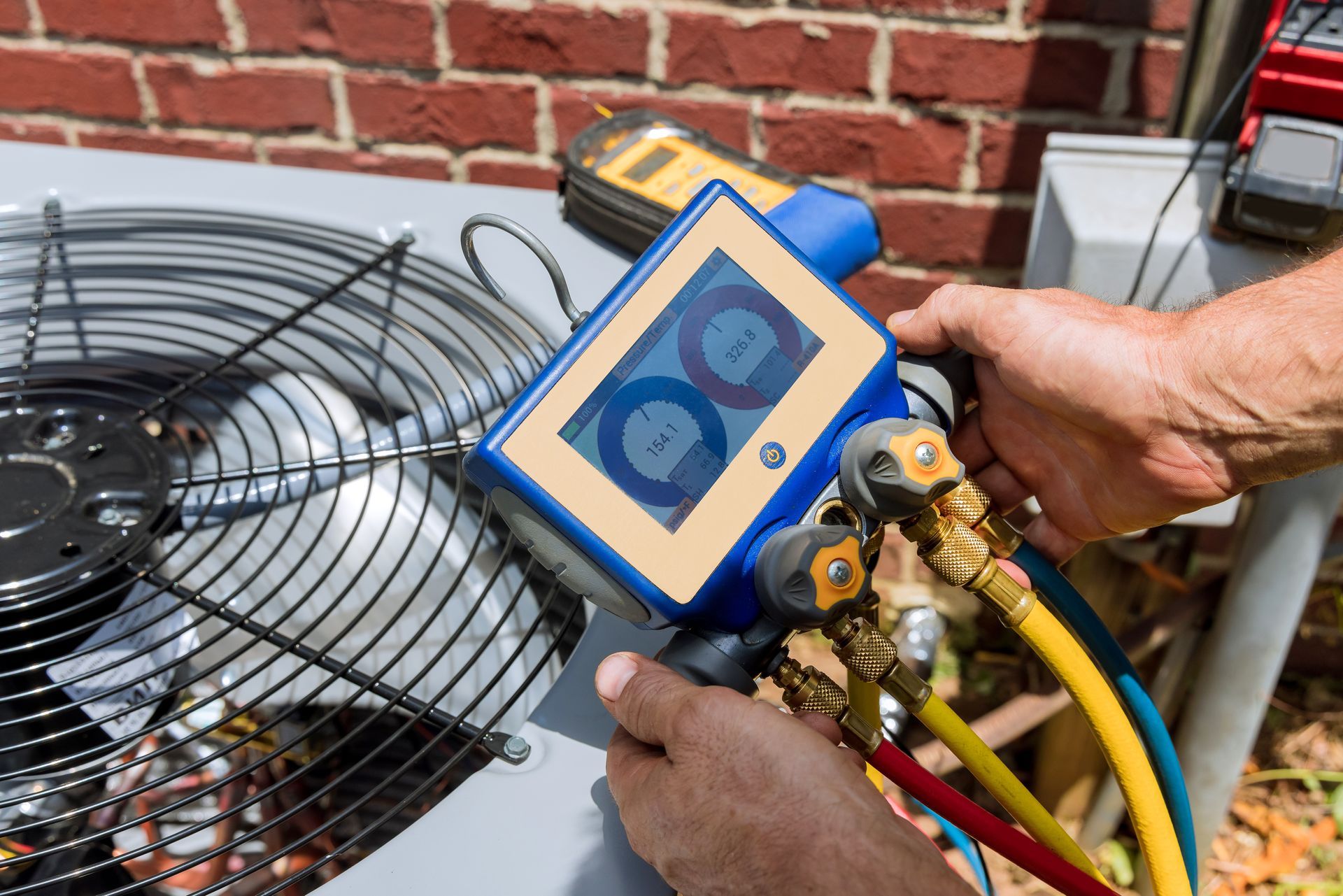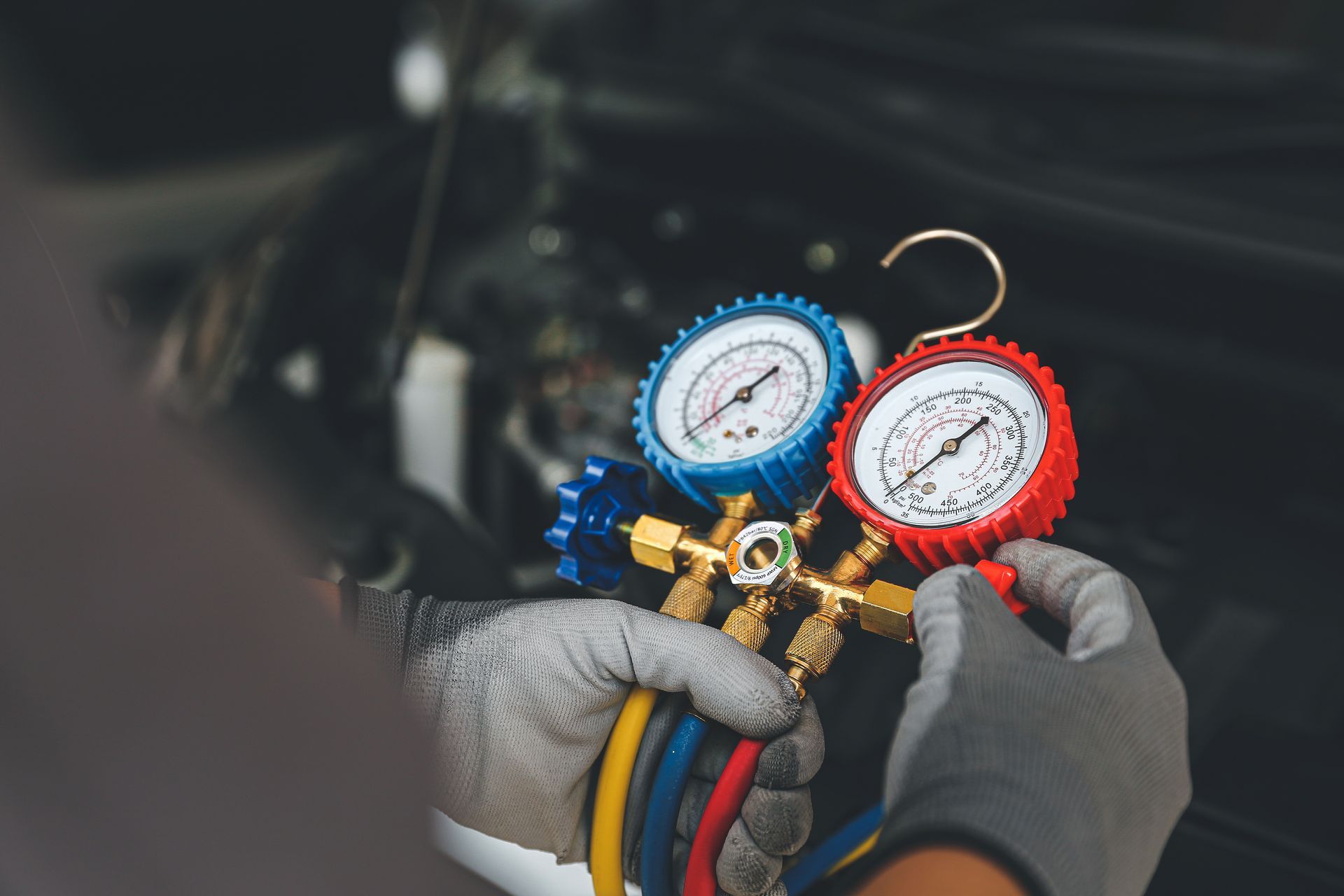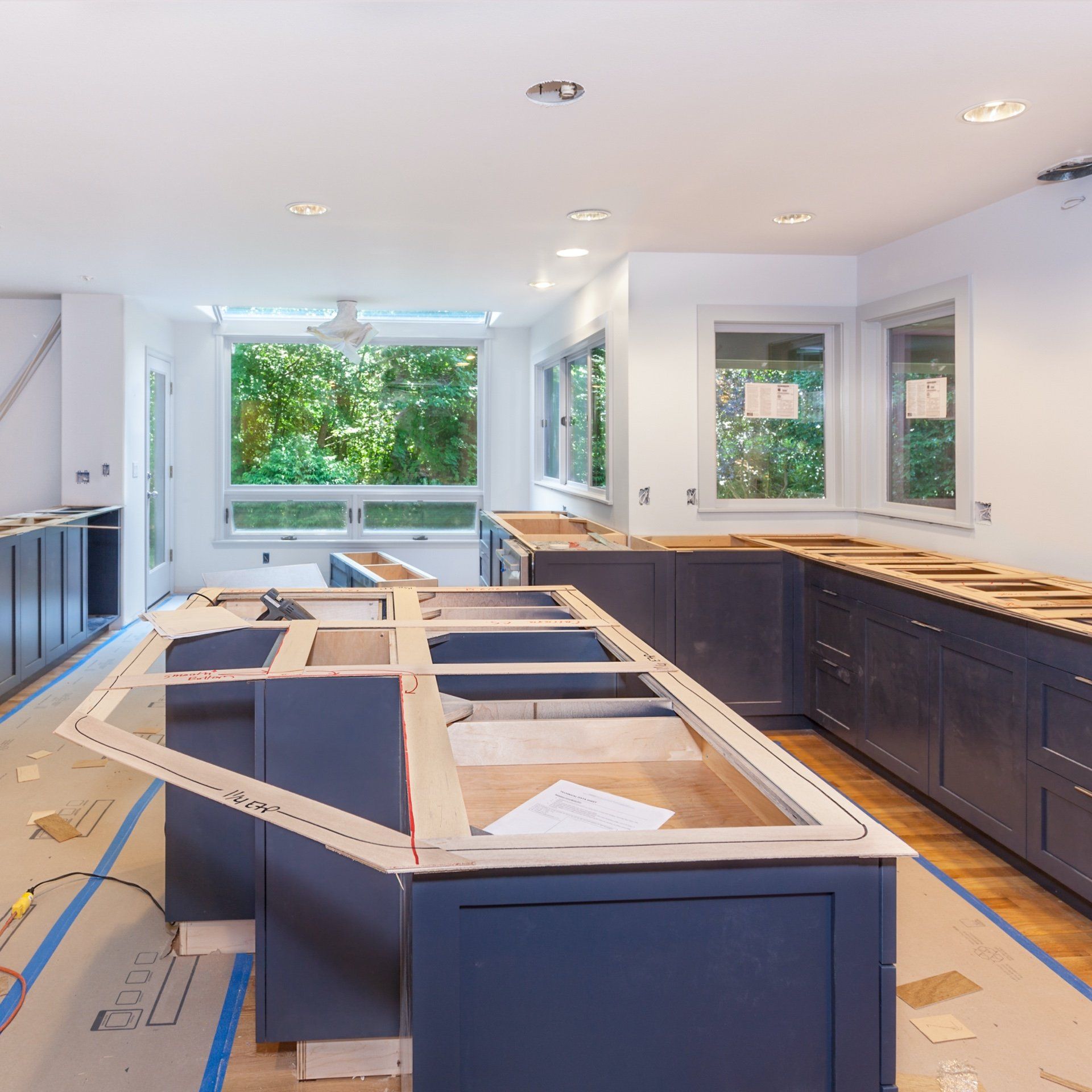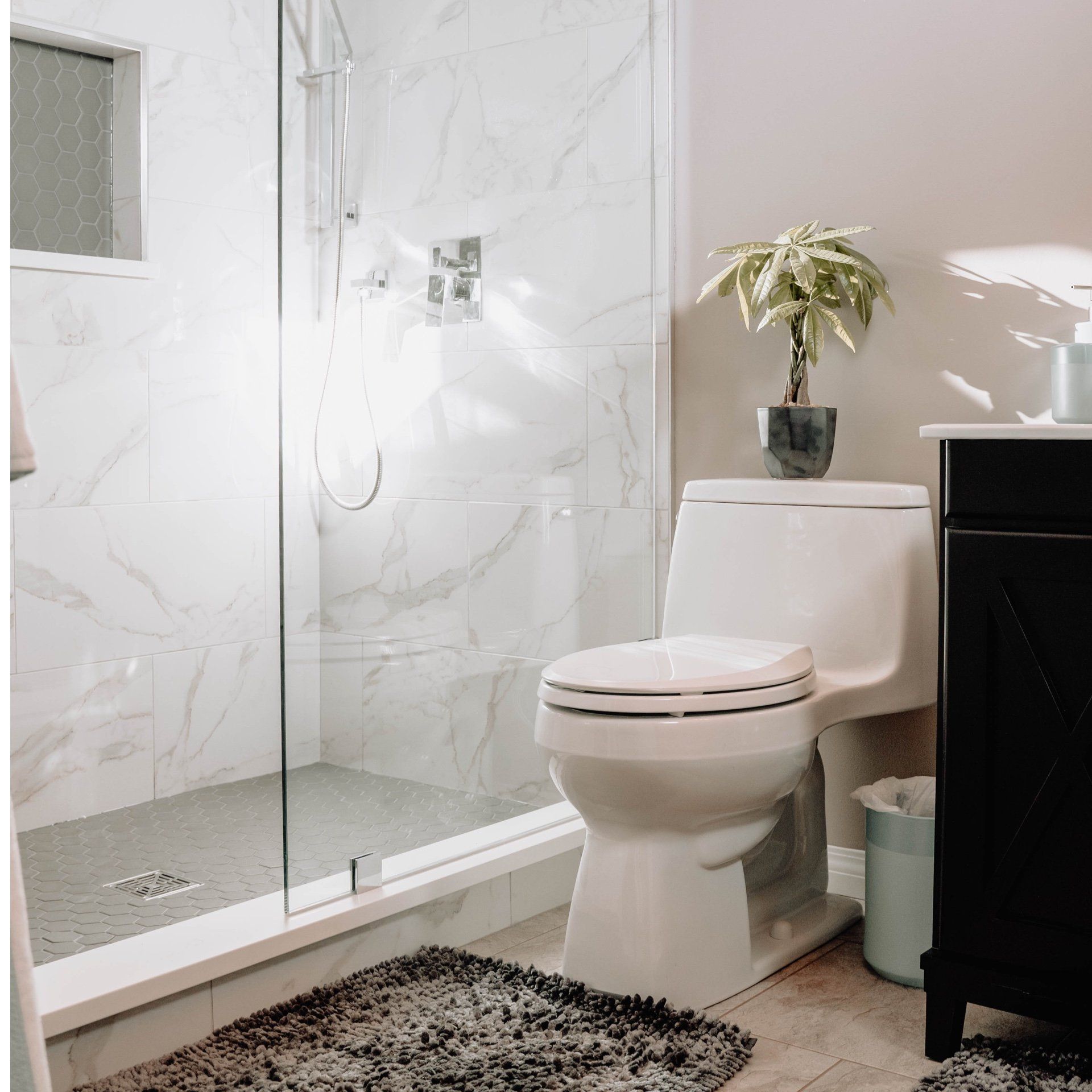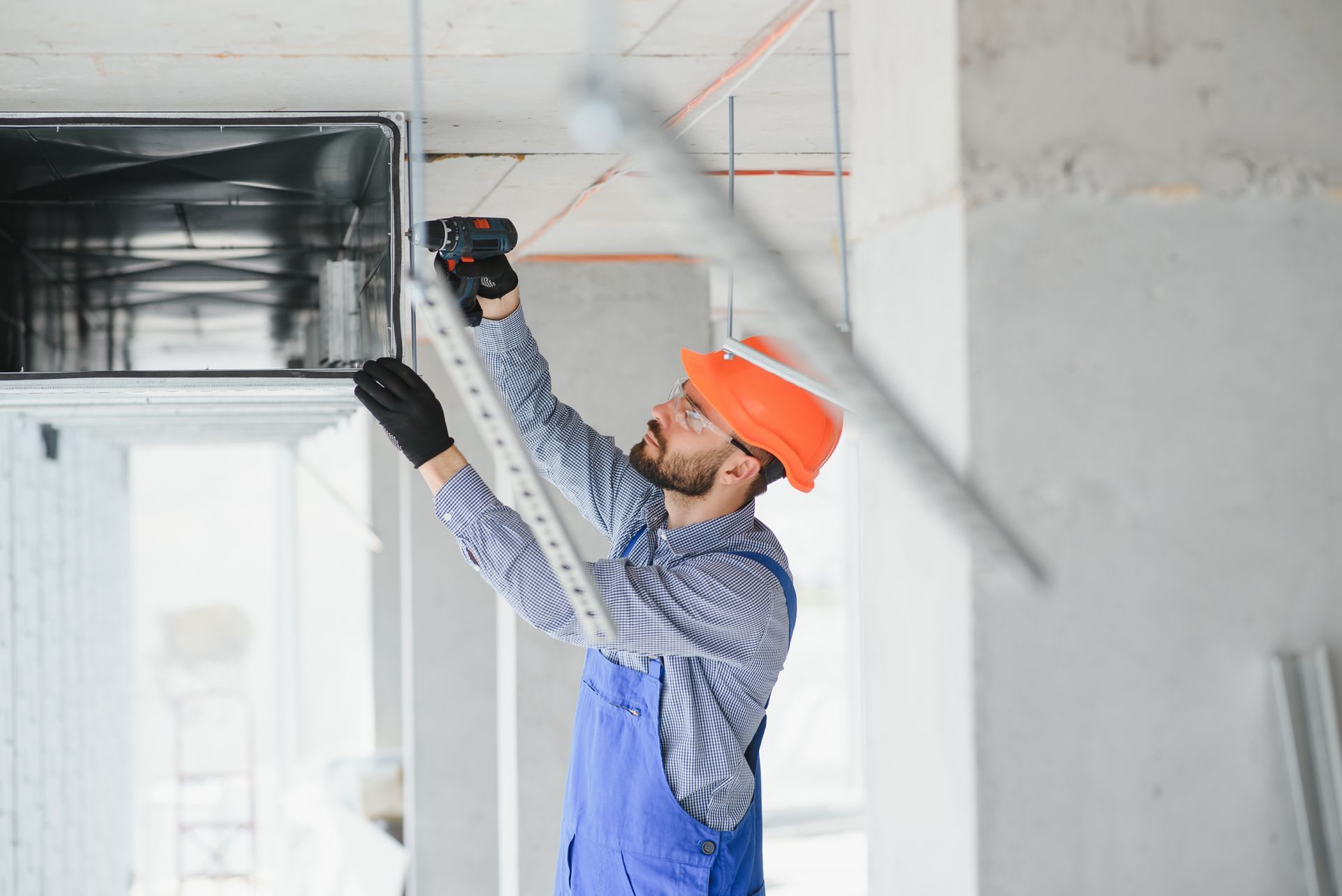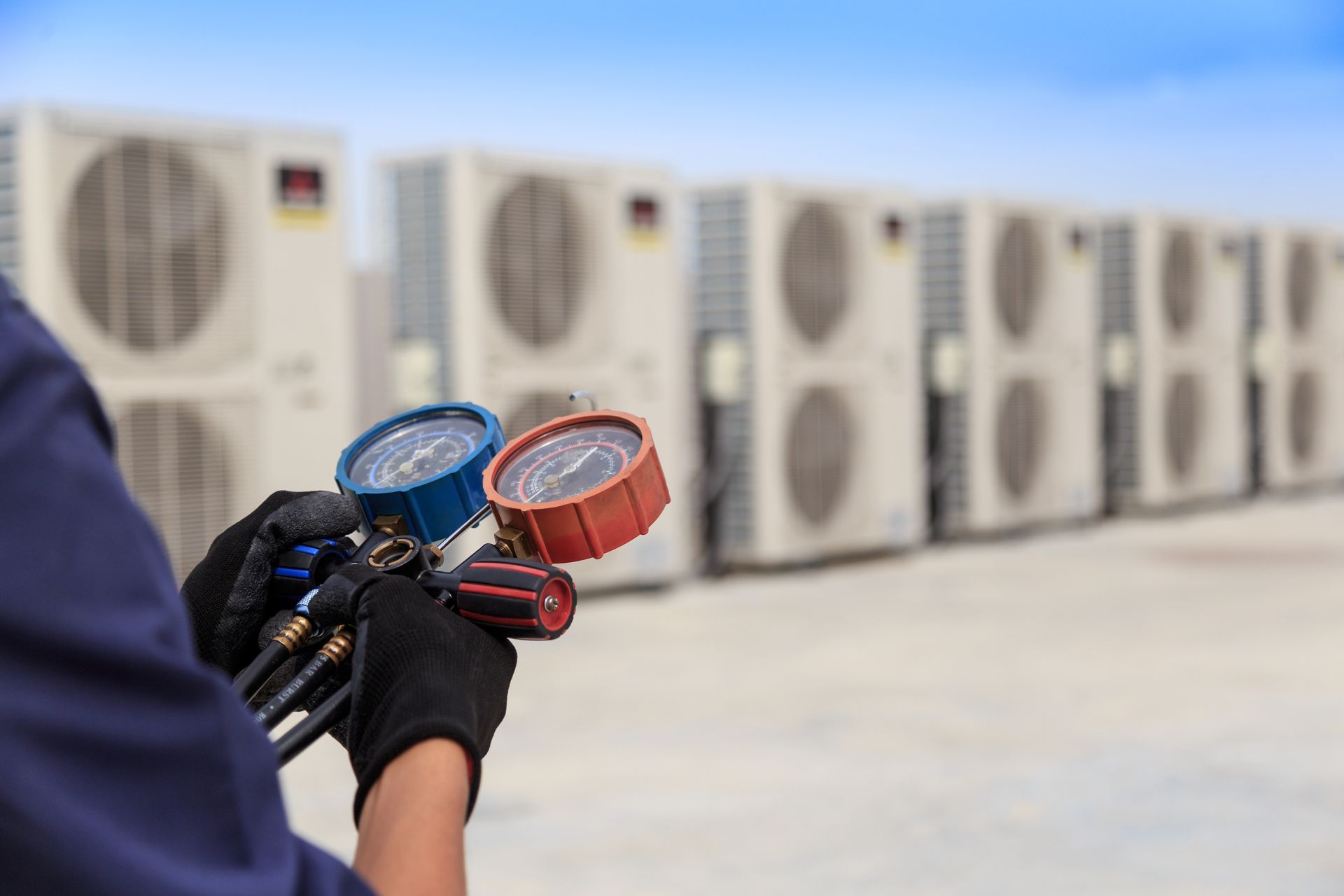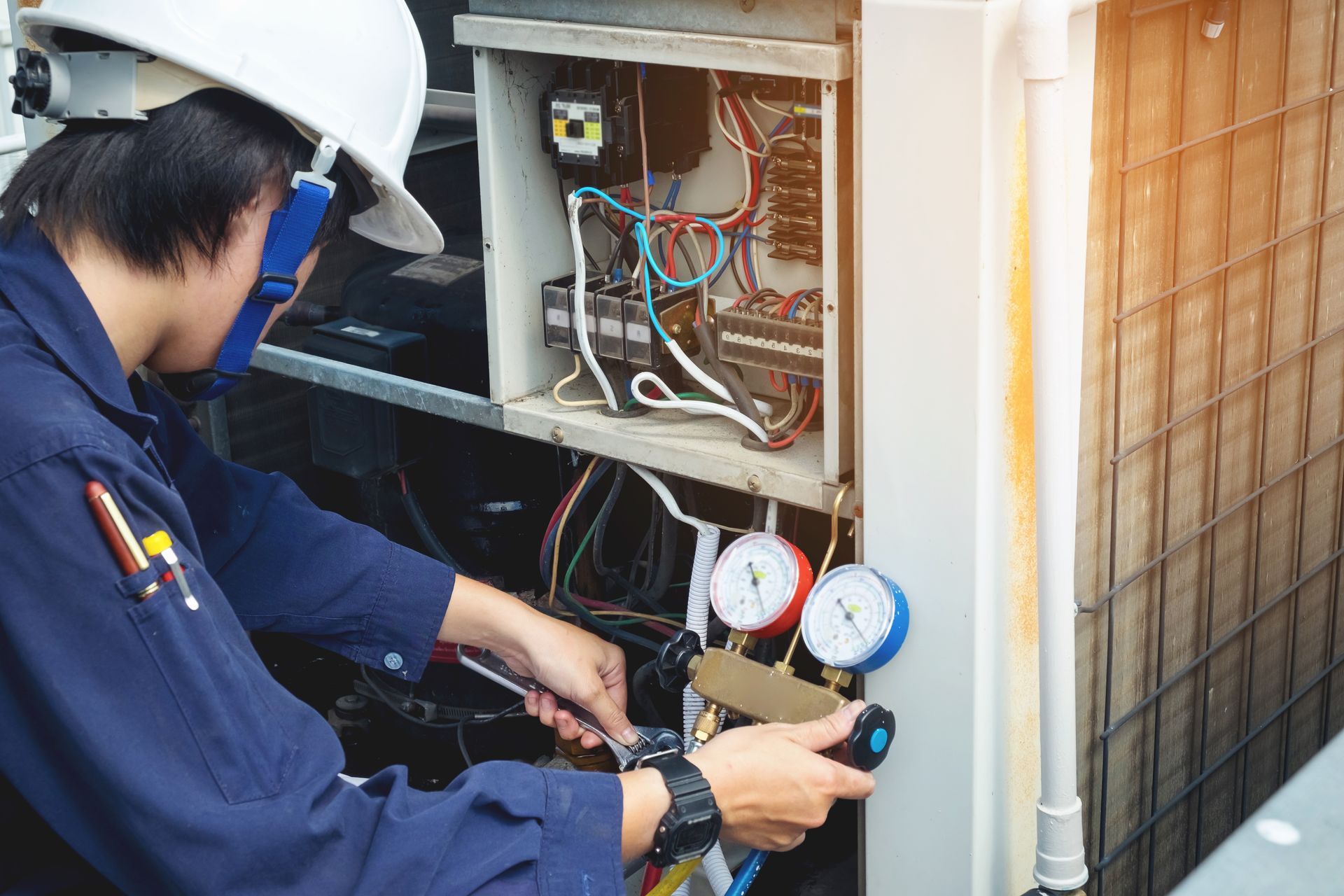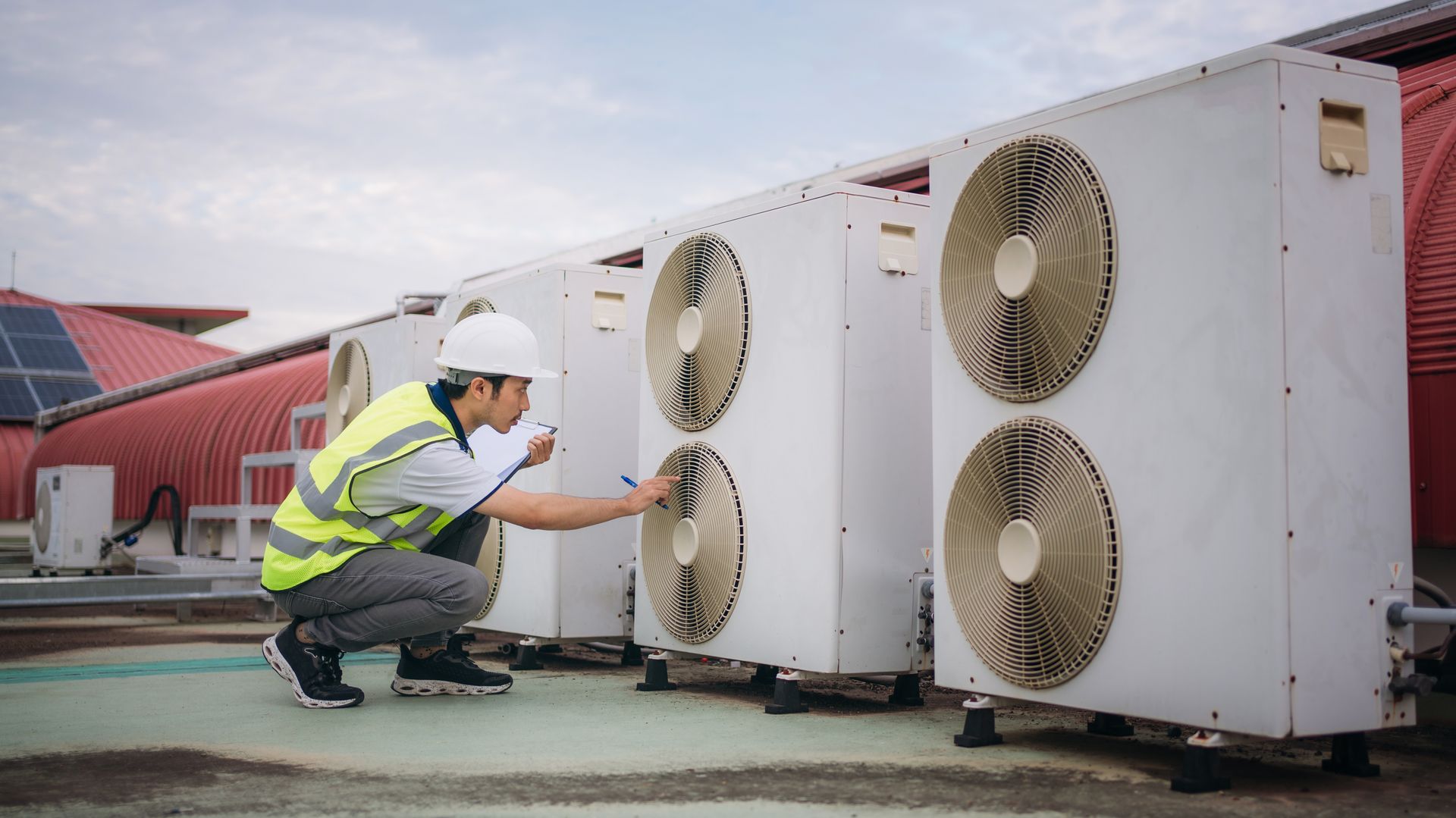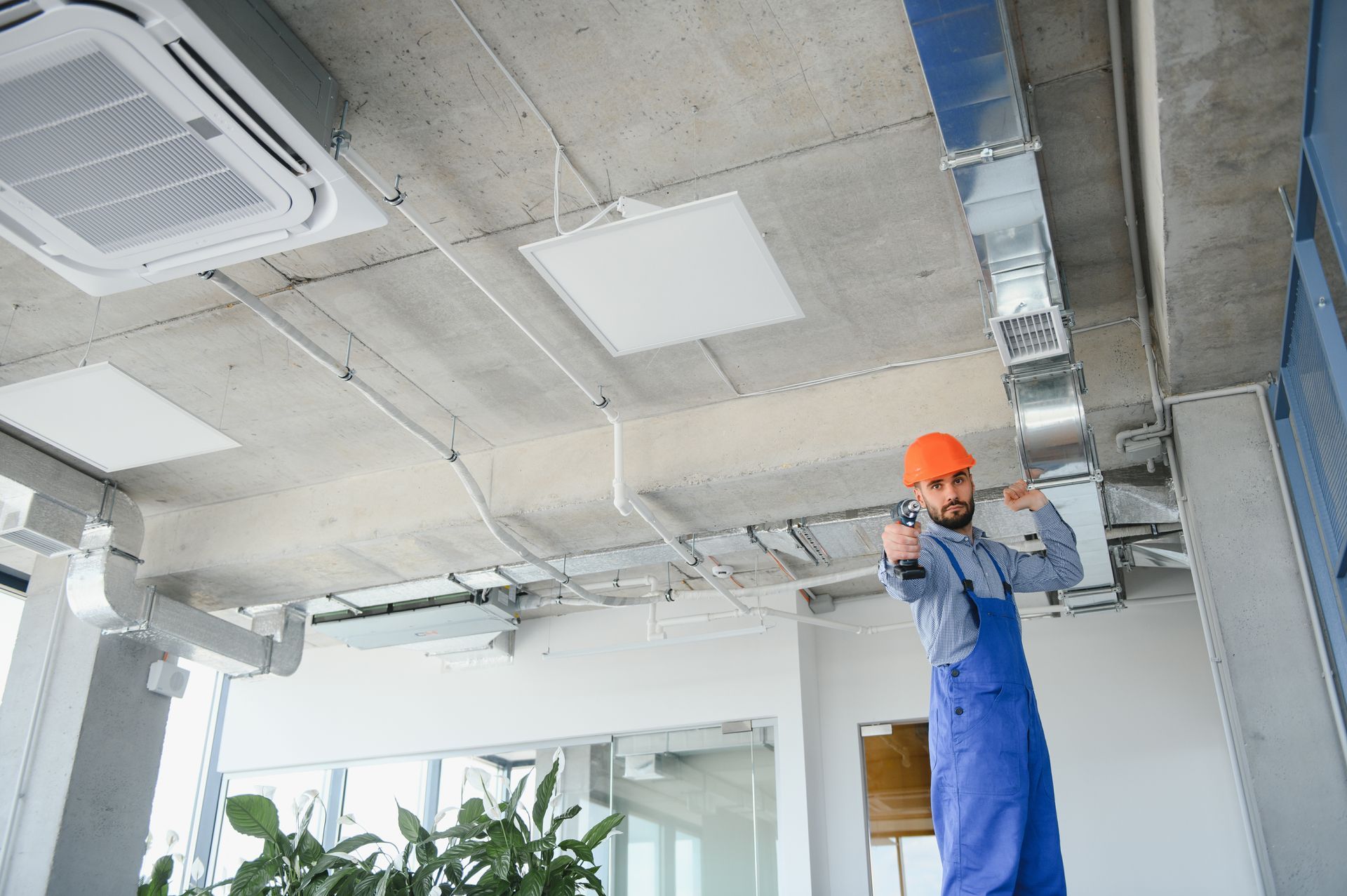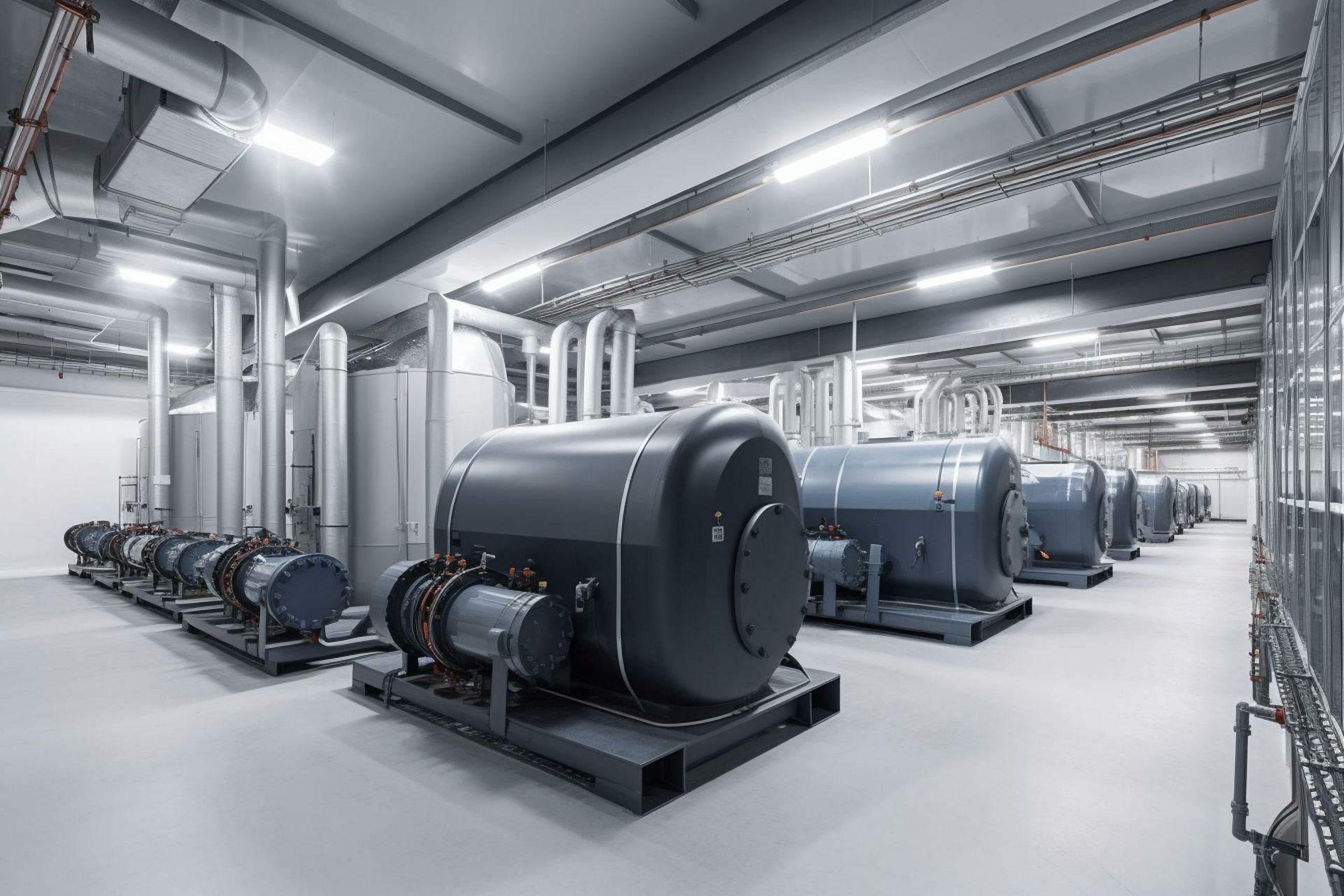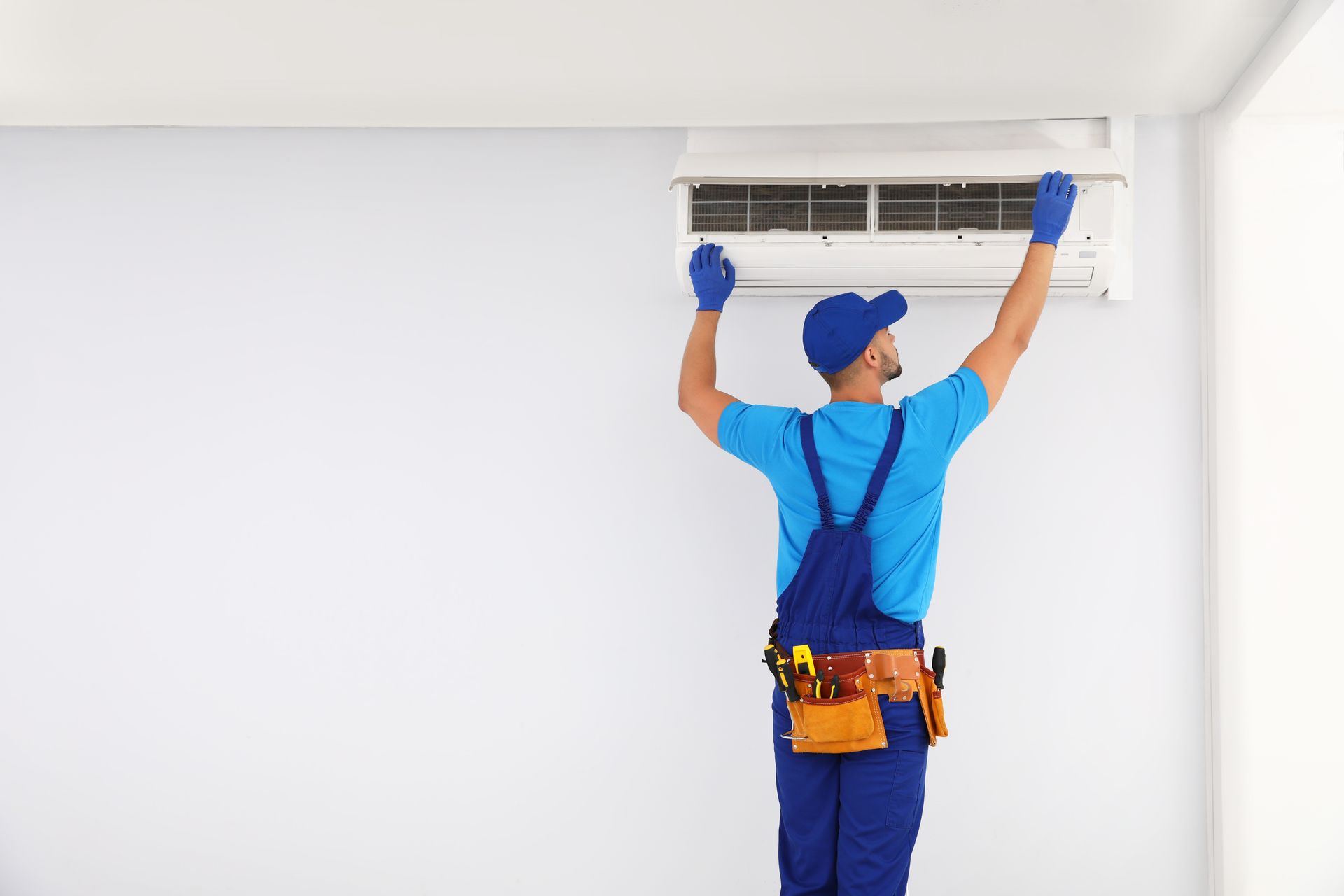Achieving Energy Efficiency: How Thermostat Placement Affects Your HVAC System

The Impact of Thermostat Placement
It's a small device on your wall, but the thermostat plays a critical role in your HVAC system. The location of your thermostat can have a significant impact on the comfort of your home and the energy efficiency of your HVAC system.
If the thermostat is in a location that tends to be hotter or colder than the rest of your home, it may trigger the HVAC system to work harder than necessary, leading to higher energy bills. On the other hand, a correctly placed thermostat can help maintain a consistent and comfortable temperature throughout your home, promoting energy efficiency.
Ideal Thermostat Locations
So, where should a thermostat be placed for optimal performance? Here are a few key considerations:
1. Interior Wall: Thermostats should be placed on an interior wall. Exterior walls can be affected by outdoor temperatures, leading to incorrect readings.
2. Central Location: The thermostat should be in a central location that represents the average temperature of your home. Avoid areas that are too close to windows, doors, or other areas that could influence the thermostat’s readings.
3. Away from Heat Sources: Keep thermostats away from appliances or electronics that generate heat, as this can cause the thermostat to read a higher temperature than the actual room temperature.
4. Height: Ideally, thermostats should be placed about five feet from the floor. This height typically represents the average temperature of the room since heat rises.
The Benefits of Working with HVAC Professionals
If you're unsure about the best place for your thermostat, consulting with a professional HVAC technician is a great idea. These professionals understand the various factors that can influence a thermostat's readings and can help identify the ideal location for your home. They also have the tools and expertise needed to install the thermostat correctly.
The Risks of DIY Thermostat Installation
While installing a thermostat may seem like a straightforward task, it can be more complex than you might think. Incorrect installation or placement can lead to inconsistent temperatures, wasted energy, and higher utility bills. Additionally, tampering with your HVAC system's electrical components can be dangerous if you're not familiar with the necessary precautions.
Professional HVAC technicians are trained to handle these tasks safely and effectively, ensuring your thermostat works as intended. They can also provide valuable advice on using your thermostat efficiently, which can help reduce your energy consumption and save money on your utility bills.
Get the Professional Assistance You Need
The placement of your thermostat plays a significant role in the performance and efficiency of your HVAC system. Whether you're installing a new system or looking to improve the efficiency of your existing one, an HVAC professional can provide the guidance and assistance you need.
Are you ready to optimize your HVAC system's performance? Reach out through our "Contact" page to get connected with a knowledgeable HVAC professional who can help. Your comfort and energy efficiency are our top priorities, and we're here to provide the advice and services you need to achieve both.
